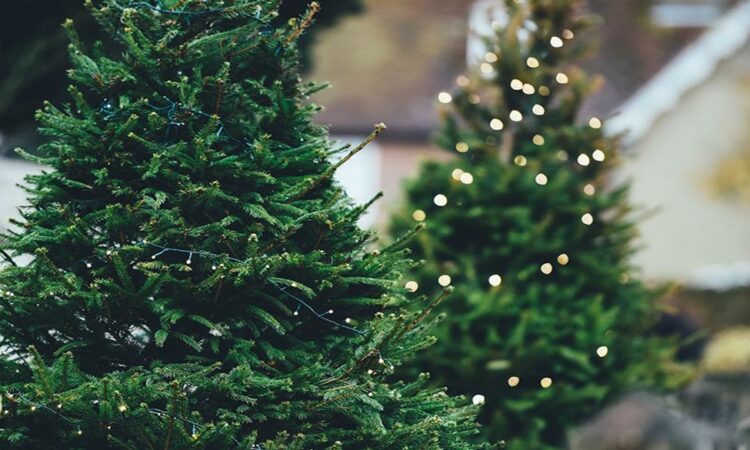
Environmental Impact of Artificial Christmas Trees
Artificial trees are made from plastic, a product derived from oil, making them bad for the environment. The production, use, and disposal of PVC release harmful chemicals called dioxins, which can cause reproductive and fertility problems, liver damage, and developmental issues in children. Most artificial trees are made overseas, adding to the environmental impact due to transportation and packaging.
While artificial trees can be reused, the average family uses them for less than ten years. After that, they usually end up in landfills because they can’t be recycled. This creates a long-term environmental problem.
Tips for Reducing Exposure to Harmful Chemicals if You Already Have an Artificial Tree
If you already own a PVC artificial tree, don’t worry. Here are some tips to reduce your family’s exposure to harmful chemicals:
- Air it Out: When you first get your tree, let it air out outside or in the garage before bringing it inside to get rid of the plastic smell, which contains harmful chemicals.
- Use Gloves: Handle the tree with gloves and wash your hands before eating.
- Keep Kids Away: Don’t let children play with the tree. After decorating, make sure it stays a decoration and not a toy. Always wash their hands before they eat.
- Vacuum Regularly: Use a vacuum with a HEPA filter to clean regularly and remove any chemicals from the dust.
Choosing a Safer Artificial Tree
If you’re buying a new artificial tree, look for one made from polyethylene (PE) or polypropylene (PP) instead of PVC. These plastics are safer and have fewer harmful additives. Check with the manufacturer to ensure the tree is made mostly of these safer plastics. Stores like Ikea, which have good chemical policies, are a good place to look for safer options.
Choosing a Real Christmas Tree
Buying a real Christmas tree usually supports a tree farm, not deforestation. Real trees absorb carbon dioxide while growing and are biodegradable after the holiday season. Ask the farm if they use pesticides and opt for organic trees if possible. After Christmas, recycle or compost your tree to turn it into mulch or wood chips.
Conclusion
Whether you choose an artificial or real Christmas tree, remember that it’s just one part of your holiday. Other factors like travel, shopping, and food have a larger environmental and health impact. So, make the best choice for your family and keep the bigger picture in mind for a healthy and sustainable Christmas!
